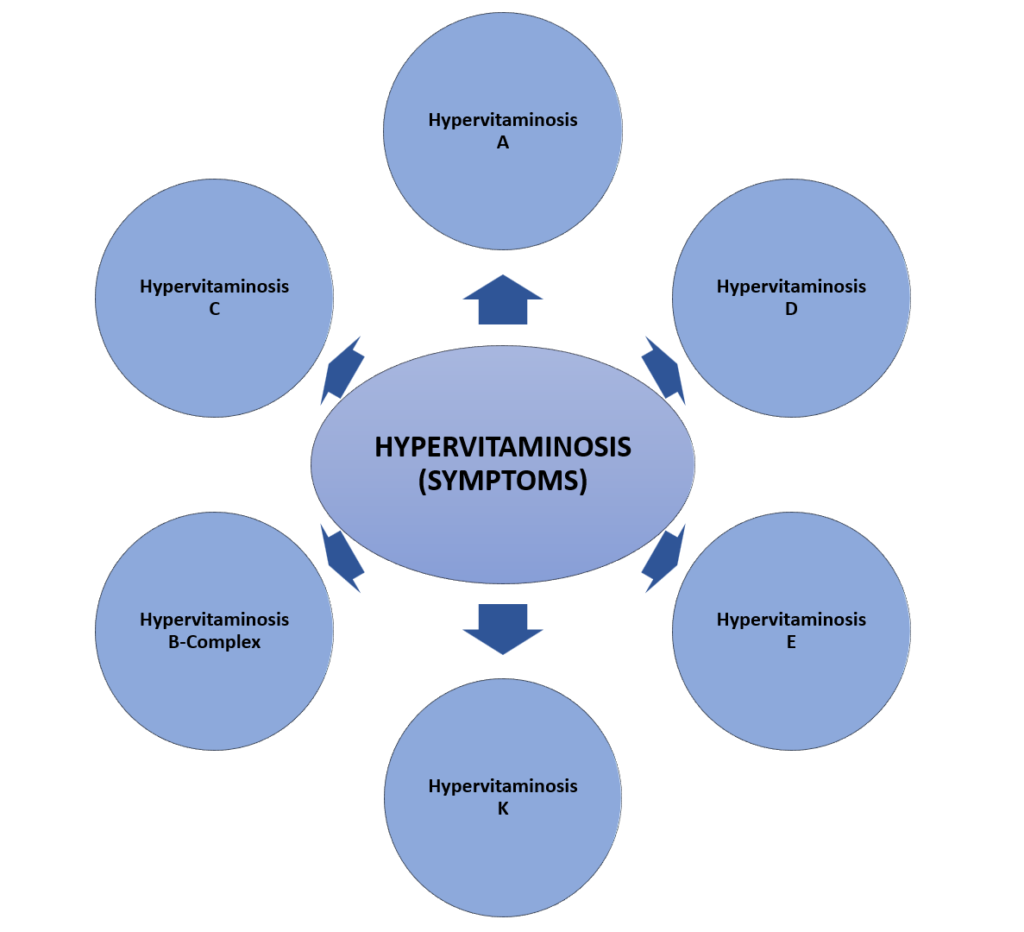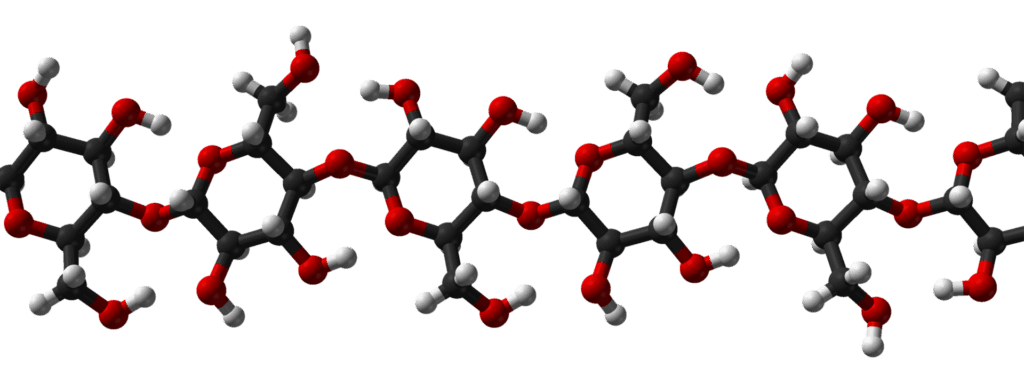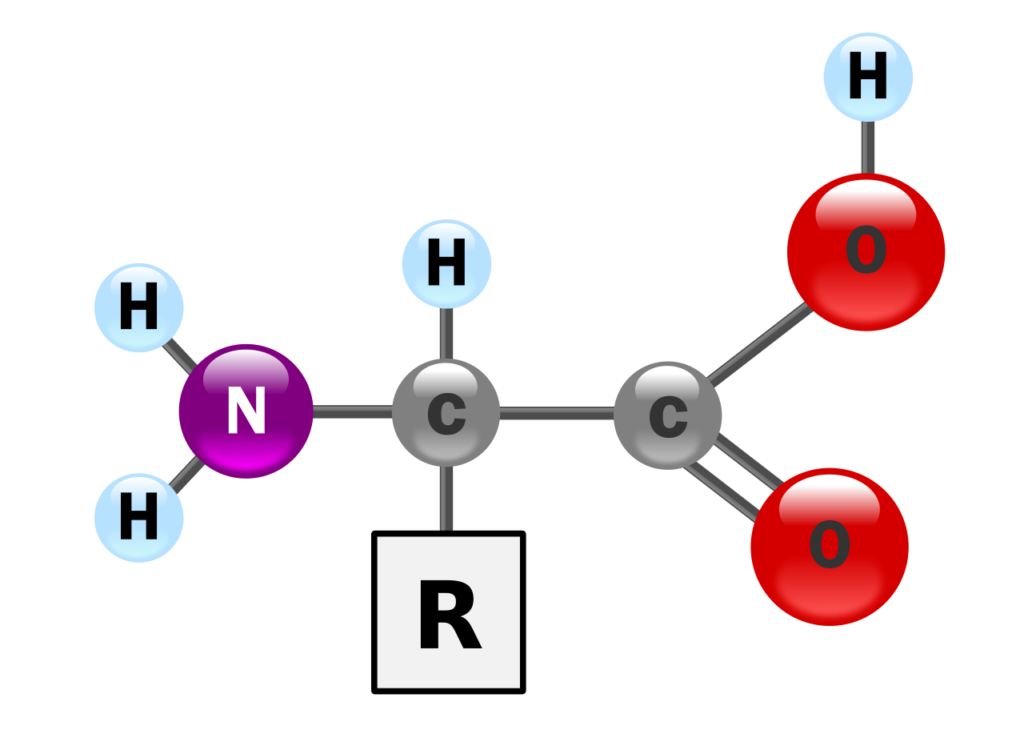Hypervitaminosis
Hypervitaminosis is condition characterized by immoderate levels of stored vitamins, potentially resulting in toxic symptoms. Symptoms of hypervitaminosis ranges from headache or fatigue to liver damage or ulcer, depending upon the the type of hypervitaminosis.
Toxicity from fat-soluble vitamins can also occur from consuming large amounts of heavily fortified foods, though food alone rarely provides harmful levels.
Because fat-soluble vitamins can accumulate in the body, they carry a higher risk of toxicity compared to water-soluble vitamins.
Common initial symptoms include nausea, vomiting, and diarrhea, followed by central nervous system effects like severe headache, dizziness, irritability, drowsiness, and, in extreme cases, coma.

Types and Symptoms of Hypervitaminosis
Hypervitaminosis A
- Hypervitaminosis can present in both acute and chronic forms.
- In acute cases, symptoms primarily arise from an over-amplification of the vitamin’s usual physiological and biochemical effects. These symptoms include dizziness, headache, fatigue, irritability, abdominal pain, nausea, visual disturbances like double vision, bulging fontanels in infants, as well as itching and widespread skin irritation.
- Chronic hypervitaminosis, on the other hand, is marked by persistent low-grade fever, hair loss, dry and cracked lips, bone and joint pain, excessive bone growth, appetite loss, weight loss, liver and spleen enlargement, optic disc swelling, and pseudotumor cerebri. Chronic toxicity may occur if 25,000 IU or more of vitamin A is consumed daily for an extended period.
- Complications include hypocalcemia, elevated calcium in urine (hypercalciuria), and kidney stones.
Hypervitaminosis D
- This condition often results from excessive intake or over-prescription of medications, particularly when calcium is combined with vitamin D.
- In some cases, elevated calcitriol production occurs, as seen in hyperparathyroidism or in certain cancers, including renal adenomas, sarcomas, and lymphomas. In sarcoidosis, there is an increased sensitivity to vitamin D.
- Most symptoms stem from secondary hypercalcemia, which leads to increased bone resorption and elevated calcium levels in the urine.
- Symptoms may include frequent urination (polyuria), excessive thirst (polydipsia), vomiting, loss of appetite, lethargy, dehydration, constipation, high blood pressure, muscle spasms (tetany), and seizures, which can be life-threatening.
- Excess vitamin D, or hypervitaminosis D, is also known to contribute to depression.
Hypervitaminosis E
- Vitamin E is found in many foods, especially in vegetable oils, whole grains, nuts, and seeds.
- There is no evidence of harmful effects from consuming vitamin E through food sources.
- However, high doses of alpha-tocopherol supplements can interfere with blood clotting, reduce platelet aggregation, and lead to bleeding.
- Issues typically arise only after an extremely large overdose (1 g per kg of body weight).
- An excess of vitamin E can inhibit vitamin K, leading to increased bleeding and a weakened immune system, which may result in necrotizing enterocolitis.
- It also reduces platelet thromboxane production.
- Some studies have additionally reported symptoms like fatigue, weakness, headaches, and gastrointestinal disturbances.
Hypervitaminosis B-Complex
In numerous cases, skin changes, intestinal ulcers, fatty liver, elevated blood sugar (hyperglycemia), high uric acid levels (hyperuricemia), nausea, and indigestion are observed.
- Thiamine (B1):
- Overdose can cause curare-like effects, including paralysis and blocked nerve transmission.
- Symptoms may include restlessness, convulsions, labored breathing, and can lead to death due to respiratory paralysis and cardiac failure.
- Riboflavin (B2):
- An overdose can result in bright yellow urine, fatigue, vomiting, itching, numbness, a burning or prickling sensation, sensitivity to light, and low blood pressure.
- Niacin (B3):
- Excessive intake of niacin can lead to flushing syndrome, increased blood flow to the skin, itching, gastrointestinal disturbances, and acanthosis nigricans.
- Consuming more than 3 grams of niacin daily may worsen bronchial asthma, gout, and fasting hyperglycemia.
- Other potential effects include low blood pressure, lightheadedness, insomnia, liver damage, peptic ulcers, skin rashes, and altered liver function tests.
- Pantothenic acid (B5):
- An overdose can lead to diarrhea, gastrointestinal issues, and fluid retention.
- Pyridoxine (B6):
- Vitamin B6 is a water-soluble vitamin and part of the eight B vitamins.
- While it is generally considered safe, doses exceeding 200 mg per day can lead to neurological disorders if taken over an extended period.
- If more than 2 grams of B6 are consumed daily, sensory neuropathy that resembles multiple sclerosis may develop, along with progressive ataxia, impaired vision and vibration senses, and loss of deep tendon reflexes.
- Individuals may maintain motor strength but experience perioral numbness and clumsiness in their limbs. Additional symptoms include loss of appetite, abdominal pain, and skin lesions.
- Excessive intake can damage sensory nerves, leading to paraesthesia in the hands and feet, difficulties with coordination and walking, decreased sensitivity to touch, temperature, and vibration, as well as fatigue.
- Biotin (B7):
- Biotin causes Scurfy skin due to hyperkeratosis of superficial follicular epithelium.
- Folic acid (B9):
- Folic acid is essential for red blood cell and DNA production. An overdose can trigger convulsions in individuals with epilepsy and inhibit hepatic alcohol dehydrogenase.
- It may also lead to issues with the stomach, sleep disturbances, and skin problems.
- Cobalamin (B12):
- An overdose of B12 can result in a decrease in the size of vascular-controlled reflexes, palpitations, and a tingling sensation or numbness in the limbs.
Hypervitaminosis C
- Vitamin C is present in citrus fruits and vegetables. It acts as an antioxidant and reducing agent, with debated applications in treating upper respiratory tract infections and cancer.
- The most significant adverse effect is the development of oxalate kidney stones, and it may also lead to uricosuria.
- Large doses taken by pregnant women can stimulate metabolic enzymes in the fetus, potentially resulting in rebound scurvy.
- Additionally, high doses of vitamin C can hinder the absorption of vitamin B12 and disrupt the balance between healthy antioxidants and prooxidants in the body.
Both fat-soluble and water-soluble vitamins can be harmful if consumed in excess. Fat-soluble vitamins are stored in the body and are not excreted in urine, meaning that even short-term excessive intake can lead to toxicity.
In contrast, water-soluble vitamins are easily excreted by the kidneys, so it typically requires large amounts taken over an extended period to cause toxicity. As a result, the toxic effects of fat-soluble vitamins are likely to manifest sooner than those of water-soluble vitamins.


